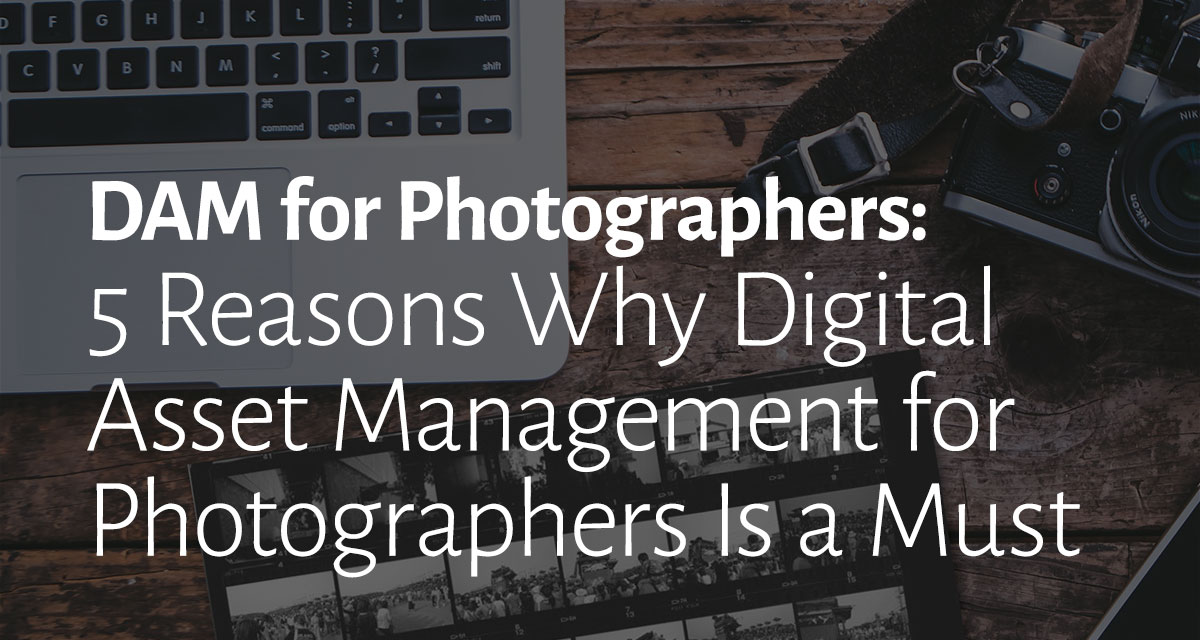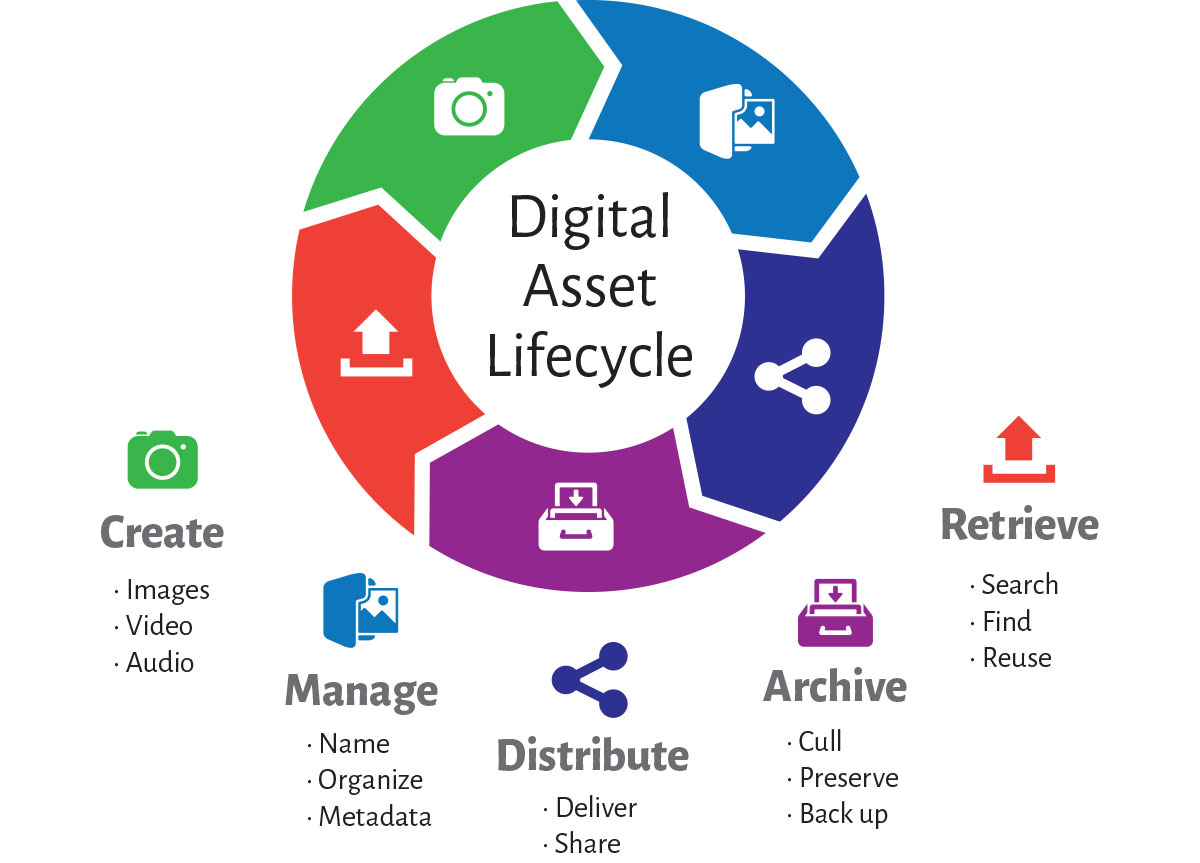
Many things about digital cameras have made life easier for photographers. But it has also made it more complex. The sheer number of digital files we are now able to produce requires digital asset management for photographers to keep from becoming overwhelmed by the virtual mountain of digital files.
What, Exactly, Is Digital Asset Management?
Digital Asset Management or DAM refers to the process through which rich media assets such as photos, videos, music, animations, podcasts and other files are organized, stored and retrieved. It also refers to the process of managing digital permissions and rights.
Why Digital Asset Management is Important for Photographers
In relation to photography, photography DAM refers to the different processes through which a file goes from when it is captured to when it is ready for use and how it is organized, stored and archived. It encompasses a lot of different tasks including the processes of transferring and renaming files, adding keywords and metadata, filtering, selecting, adjusting, rating, printing, and archiving amongst others.
Here are five of the most important reasons why photographers should have a system for managing their digital assets if they want their business to survive and even thrive in the long term.
Organization and Image Management
Because of digital technology, the number of images, videos, and other digital assets captured by photographers has increased exponentially. The number of files a photographer is able to capture is only limited by storage capacity. And while this can be a good thing, it makes it more difficult to effectively manage and organize all those images and videos. By creating a DAM system, the photographer can have a system put in place to manage, organize and keep track of all digital assets. Not only does this make the work more efficient, it is scalable for a growing photography business.

Backup, Archiving, and Retrieval
Every photographer must be able to store, backup and retrieve images to be successful in business. That’s just part of the job at this point. Because photographers primarily work in the digital domain, they are susceptible to risks of losing files due to hardware failure, computer theft, water or fire damage.
I good DAM workflow includes consistent backup of working files and archiving of completed jobs. Redundant copies of your archives, including offsite copies, are critical to ensure the safety of the files when they are needed. It’s not fun to tell a bride you lost all of her wedding photos because a hard drive unexpectedly failed. It also severely damages your credibility.
Consistent Quality of Service
Any successful business owner will tell you the key to a successful business is returning customers. A quality product and a quality experience is key to making this happen. Having a business process (different from your creative process) that is repeatable and predictable, allows a photography business to maintain quality of service as the business grows.
Photography DAM provides a system through which consistency can be maintained by perfectly managing all digital assets in an efficient and effective manner ensuring growth and sustainability, while maintaining the high quality of services.
Client Experience
Think about how Digital Asset Management affects clients’ relationships as well as a business owner’s ability to deliver a perfect client experience. When a client calls you, desperate for an image they need, finding and delivering it in hours instead of days will make you a hero.
On the flip side, what if you can’t find the image they need? This would severely affect the relationship with your client and probably end any chance you may have at having them hire you again.
It is important to make your clients aware of the length of time you are willing and able to store photographs before deleting them, unless you plan on storing the work indefinitely. Also, be sure to include associated expenses relating to the storing of a client’s photographs in to the original cost of your products and/or services.
If Your Photography Business Grows
You might be able to get by with a minimum amount of digital organization if you’re a solo, part-time photographer. But, what happens when you want to scale your business by hiring employees to handle office work or outsource your retouching?
Having a consistent and efficient DAM system in place will make your employees and outsourcers more productive. It will also ensure, when you have turnover (and you will), you don’t have to figure out where your former office manager put those important client photos. By simply teaching new employees the DAM system, they will be able to be more efficient quicker.
Take the time to put a DAM system in place, no matter how big or small your photography business is at the moment. Digital Asset Management for photographers requires and initial investment of time and money, to be sure. But, in the long run, it will save you both. Exponentially.
How to Get Started:
Now that you know why, sometimes it’s a challenge to know how to get started. We’ve created a free course to give you some ideas on how to create a DAM workflow that works for you:
[optin-monster-shortcode id=”xutptf3nwy9xjla36qii”]